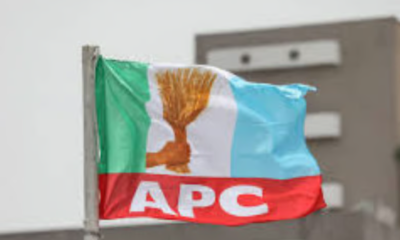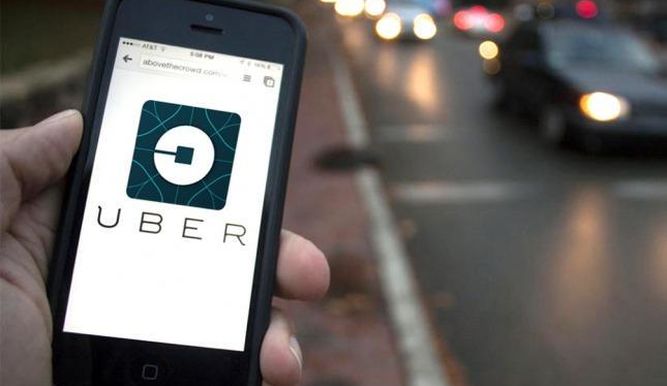Uber Technologies reported a $1 billion loss on Thursday as the ride-hailing service spend heavily to build up its food delivery and freight businesses, sending revenues up 20% in its first quarterly report as a public company.
Revenue of $3.1 billion matched the high end of the range Uber forecast for the quarter and the loss of $1.0 billion compared with the company’s forecast of $1.0 billion to $1.11 billion.
Shares rose 2.6% following a conference call with executives in which Chief Executive Dara Khosrowshahi cited business improvements, such as fewer consumer promotions in the second quarter, but called 2019 an “investment year.”
With its share price trading more than 10% below its IPO price of $45, Khosrowshahi will have to convince investors Uber can turn a profit, given its reliance on rider incentives and competition in all parts of its business, from its core business of ride hailing to food delivery to freight.
The results indicate the newly public company was able to hit its own financial targets, likely to offer some assurance to investors.
But Wedbush analyst Ygal Arounian said he was encouraged by improvements in take rates, and accelerating revenue growth. Uber’s take rate is the revenue pocketed by the company after subtracting driver or restaurant pay and incentives.
“We’re still a while away from profitability, but Uber is expecting strong signs of improvement across many of its key metrics and that is an important sign for investors.”
Uber was the biggest of a group of Silicon Valley startups that have gone public this year against the backdrop of a global stock market sell-off sparked by renewed trade tensions between the United States and China. Uber also faces increased regulation in several countries and fights with its drivers over wages.
In the mature U.S. market, where Uber’s main rival is Lyft, Khosrowshahi said two levers for growth were the expansion of rides into suburbs and a generational wave, in which millennials show little interest in car ownership.
Executives said signals from Lyft during its recent earnings call that its rival was focused less on price and more on brand and product was a positive. Khosrowshahi called it a “healthier mode of competing than just throwing money at a challenge.”
Overall, incentives paid to drivers more than doubled from a year earlier, outpacing revenue growth, as the company invested in its growing food delivery service, Uber Eats. In that unit, driver incentives tripled to $291 million while revenue rose 89 percent.
A net loss was $1.01 billion, or $2.26 per share, in the first quarter ended March 31 compared with net income of $3.75 billion, or $1.84 per share, a year earlier, when results were helped by its sale of operations to Grab and Yandex.

 Football1 week ago
Football1 week ago
 Health & Fitness1 day ago
Health & Fitness1 day ago
 Featured5 days ago
Featured5 days ago
 Comments and Issues7 days ago
Comments and Issues7 days ago
 Education6 days ago
Education6 days ago
 Business6 days ago
Business6 days ago
 Crime6 days ago
Crime6 days ago
 Business5 days ago
Business5 days ago

